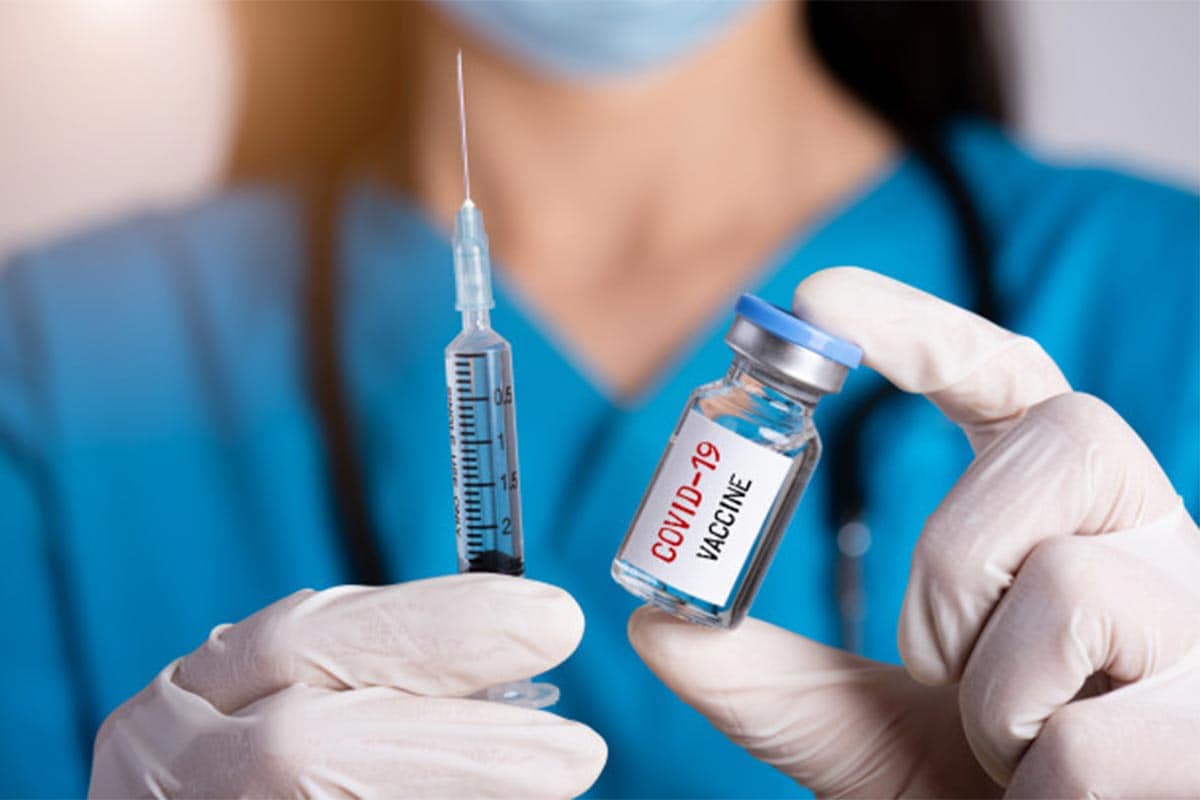

How it works: It uses mRNA technology, which is a new type of vaccine. The inflammation, in most cases, gets better on its own without treatment. These include anaphylaxis, a severe reaction that is treatable with epinephrine (the drug in Epipens ®).įDA warnings: The FDA added a warning label on the mRNA vaccines regarding serious (but rare) cases of inflammation of the heart muscle (myocarditis) and of the outer lining of the heart (pericarditis) in adolescents and young adults, more often occurring after the second dose of an mRNA vaccine. A few side effects are serious, but rare.

If these side effects occur, they should go away in a few days. Possible side effects: Pain, redness, or swelling at the site where the shot was administered, and/or tiredness, headache, muscle pain, chills, fever, or nausea throughout the rest of the body. More information for immunocompromised individuals is available on the CDC website. Adults who are immunocompromised can choose between the three available vaccines, following a schedule similar to immunocompromised teens (depending on which vaccine they choose-Pfizer or Moderna are recommended over Johnson & Johnson). Teenagers 12 and older also can get a Pfizer-BioNTech booster shot three months after completing their initial series, and a second booster four weeks after the first. If you are immunocompromised: Children and teenagers ages 5 to 17 should receive three Pfizer-BioNTech primary doses, including a second dose three weeks after the first, and a third dose four weeks later. Adults ages 50 or older should get a second booster at least four months after the first booster.
CORONA VACCINE UPDATE SERIES
Most adults should get a booster at least five months after their primary series for this group, a Pfizer-BioNTech or Moderna mRNA booster is preferred in most situations. Who can get the booster: Most children and teenagers ages 5 to 17 should get a Pfizer-BioNTech booster five months after completing the initial Pfizer-BioNTech primary series. For some people older than 12, especially boys and men between ages 12 and 39, the CDC suggests an eight-week interval between the two shots to reduce the risk of myocarditis, an uncommon side effect (see FDA warnings below). Dosages for children are different than dosages for adults. Fully effective two weeks after the second shot.

Infants, children, and teenagers ages 6 months to 15 years are eligible under an EUA.ĭosage: For the primary series: two shots, 21 days apart. Who can get it: Anyone ages 16 and older in the U.S. It must be stored in freezer-level temperatures, which can make it more difficult to distribute than some other vaccines. This is a messenger RNA (mRNA) vaccine, which uses a relatively new technology. Before that, it was the first COVID-19 vaccine to receive FDA Emergency Use Authorization (EUA) back in December 2020, after the company reported that its vaccine was highly effective at preventing symptomatic disease.
CORONA VACCINE UPDATE FULL
The Pfizer-BioNTech vaccine (brand name: Comirnaty) was granted full Food and Drug Administration (FDA) approval in August 2021 for people ages 16 and older.

We mapped out a comparison of the most prominent COVID-19 vaccines. In the U.S., infants, children, and adults ages 6 months and older are eligible to be vaccinated, according to the Centers for Disease Control and Prevention (CDC).Īs the SARS-CoV-2 virus mutates and new variants emerge, it’s important to keep up with how well the vaccines are performing, but it’s also a daunting task, given the flood of information (and misinformation) coming at us from so many directions. The good news is that COVID-19 vaccines are still expected to be effective at preventing severe disease, hospitalization, and death from COVID-19. Because information about COVID-19 changes rapidly, we encourage you to visit the websites of the Centers for Disease Control & Prevention (CDC), World Health Organization (WHO), and your state and local government for the latest information.Īs the COVID-19 pandemic enters its third year, the Omicron variant and its subvariant BA.2 have been driving an uptick in cases in the United States primarily among people who are unvaccinated, and it is even causing infections in some vaccinated people. Note: Information in this article was accurate at the time of original publication.


 0 kommentar(er)
0 kommentar(er)
